Constructing a 3D Printed Wideband 900 MHz to 11 GHz Antenna
Thanks to Professor John Jackson of JR Magnetics for writing in and sharing his design for a 3D printed wideband antenna designed for 50 Ohm 900 MHz to 11 GHz operation.
John required a wideband antenna that could cover the cellphone bands, WiFi, Bluetooth up to 6 GHz and the new USB band from 5 GHz to 10 GHz all in a single antenna installation. He also needed the impedance to be as flat as possible to reduce signal pulse distortion. First he looked into classic discone and sphere antenna designs, but found that while a sphere had the required bandwidth, it did not have the desired impedance characteristics, and a discone had the desired impedance characteristics, but not the ultra wide bandwidth required.
To get around this John combines the sphere and discone designs together to create a sort of icecream with cone looking shape. This results in the ultra wide bandwidth required, and a relatively flat SWR that stays below 2.
The design is easily reproducible by anyone with a metal 3D printer. The antenna's top hemisphere and cone are printed in brass, whilst the radome and supporting structure are printed in plastic.
We have uploaded John's original document here (pdf warning), and display some of the images below. The full build instructions can be found on his website, and John is also selling the 3D printed parts via Shapeways.
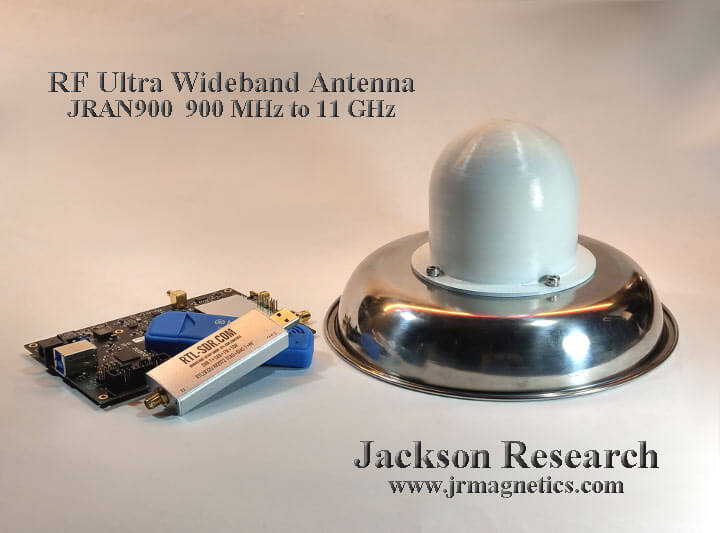
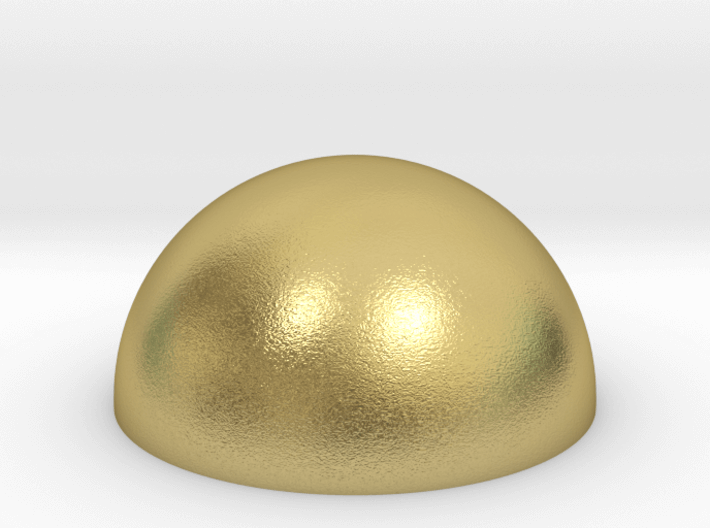
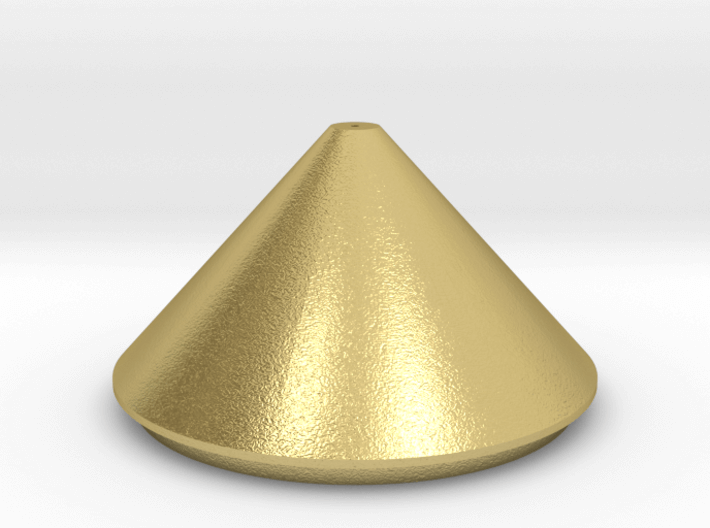
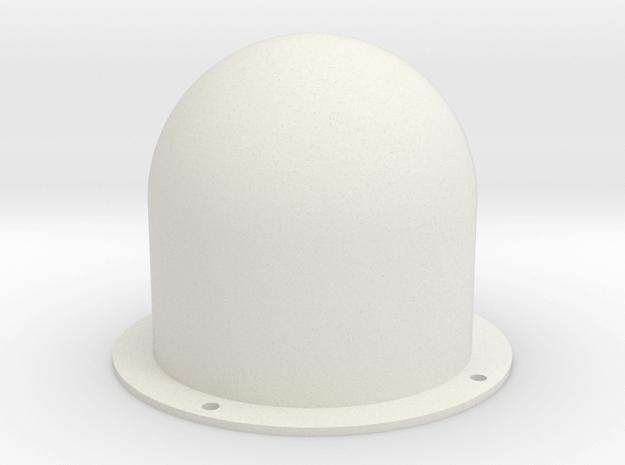



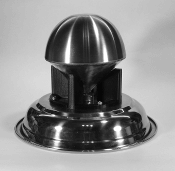
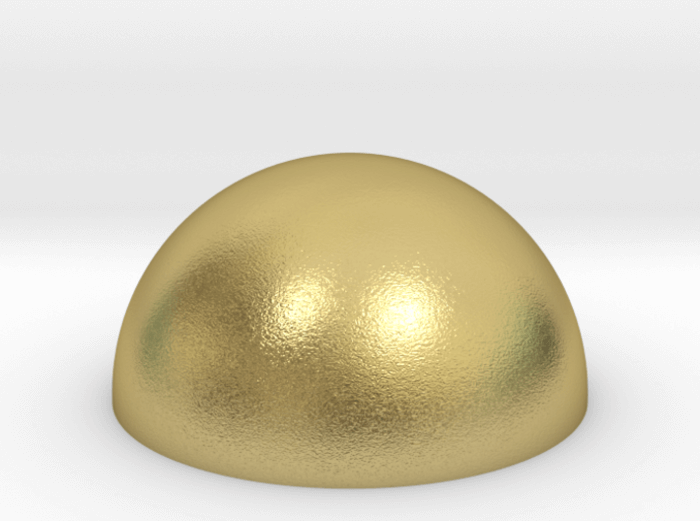

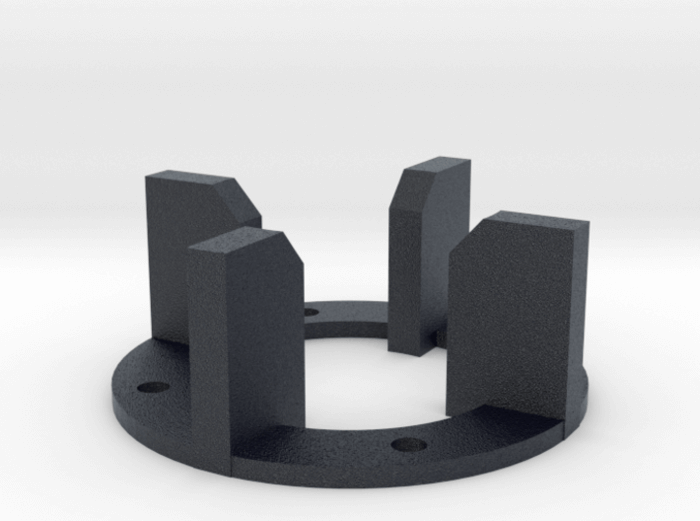


Antennas are reciprocal. The measured return loss (plotted as equiv vswr here) shows the ratio of power put into it versus power that goes out (either as radiation (or losses). Having a good return loss (ie, -15dB or better, equiv to vswr ~2) at a frequency during transmit means the antenna will accept incoming RF and convert it to voltages in the antenna well too. It’s completely symmetric.
Additionally, the real trade-offs in broadband antenna design are volume, bandwidth, and efficiency. Pick any 2. The author here cheats a little bit by ignoring the most useful spectrum (ie, vhf->l-band) and only targeting >1 GHz. This allows him to make a small size (relative to humans) antenna that is still relatively large compared to the frequencies in it’s span. This gives okay antenna efficiency. The tapering of the monopole element gives the broadband response.
Gain in broadband antennas is usually fairly low. And directionality in them is obviously not desired for this use case. Gain is just squeezing the pattern as long as the antenna efficiency is close to 1 (ie, the antenna is not electrically small).
If you’re curious to learn more about the problems and solutions to broadband antenna design I’ve written up a bit of a summary (w/examples and photos) over at http://superkuh.com/thisurlnamehasnothingtodowiththeactualtopicijustnameditthisforkicks.html
Arg. This was supposed to be a response to Bendail Vam below.
It was a good response though.
I was thinking if someone wanted to go crazy and build a VHF-sized version they would probably want to do a “skeleton” or “wireframe” design, I wonder how much space you would need between wires before a substantial hit to performance occurred.
UM. SWR is really for transmitted power reflected back at the transmitter…on a receive antenna…you really have a choice of null, gain and loss in a directional pattern of your choice…..honestly I don’t get all the work that went in to this? A receiving only antenna like I said is either omni or directional with losses opposite the gain. Their is no magic, if their is gain…their is also loss…..
Bendail, the genius behind this design is the ease with which it can be reproduced as well as the broad swath of spectrum that can be monitored. For the average person, who is not familiar with devices such as V/SWR monitors or antenna tuners, an out-of-the-box solution like this that is plug-and-playable saves a lot of time, money, and frustration. You say you don’t get all of the work that went into this. Do you have a better design or do you just not have non-engineer business stakeholders?